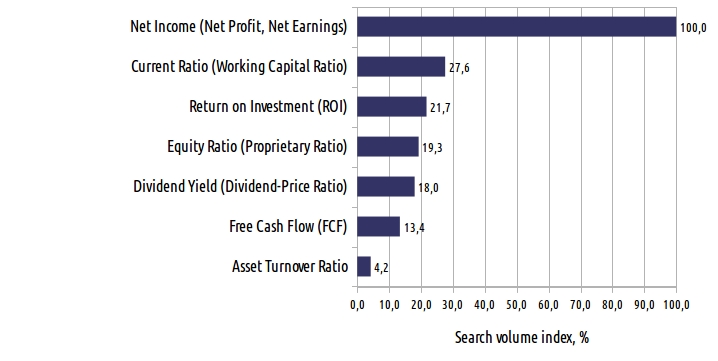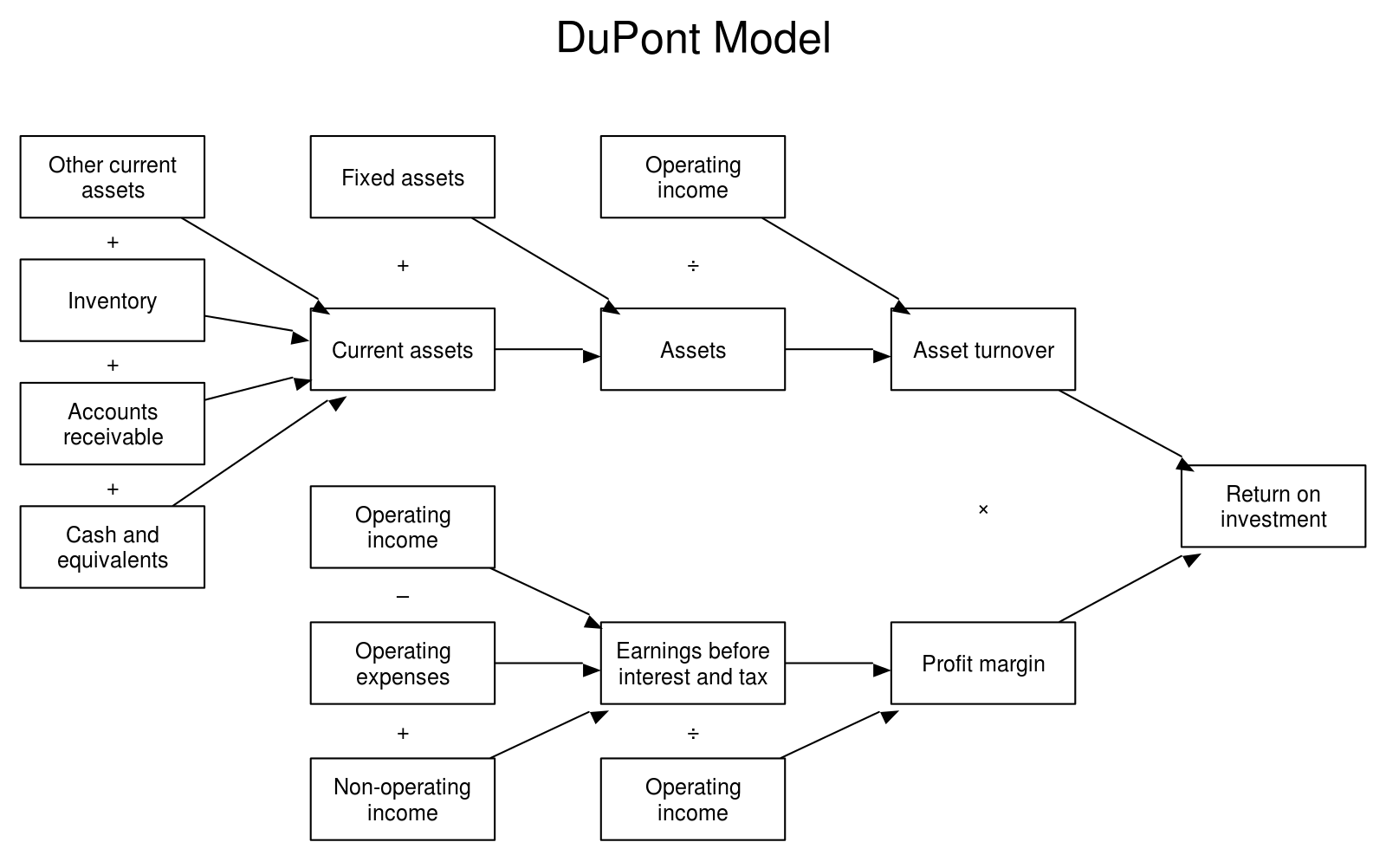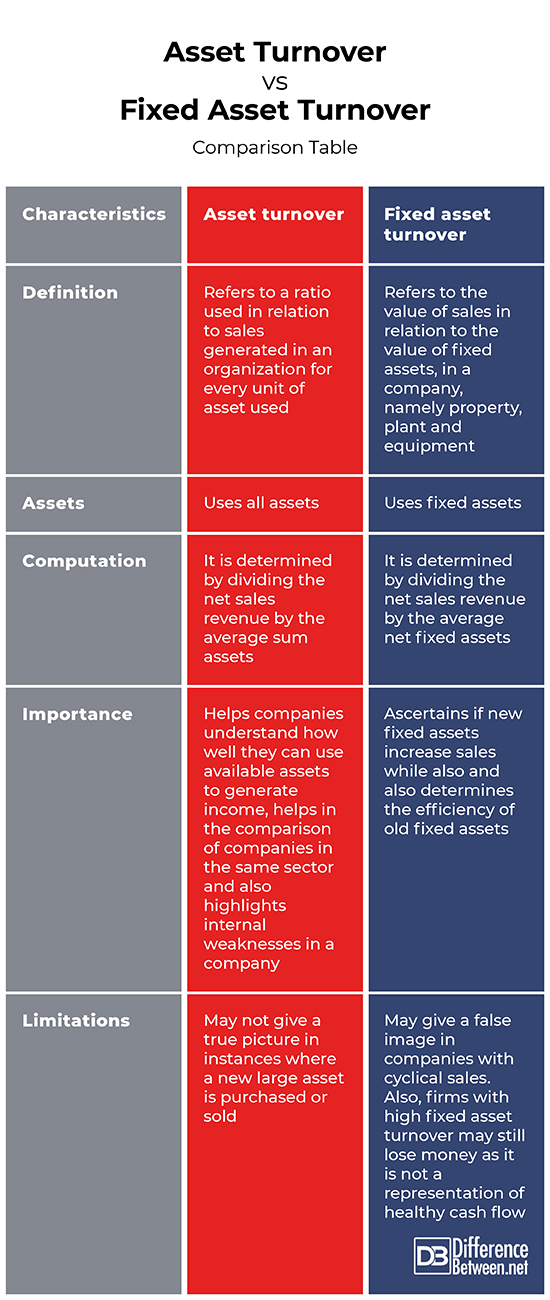Difference Between Asset Turnover and Fixed Asset Turnover
A business’ investment in assets is important not only for profit generation but also for ease of business operation. While there are many types of assets based on the convertibility to cash, usage, and physical existence, all these affect the performance of a business venture. To measure the efficacy of assets in a business, asset turnover, fixed asset turnover, inventory turnover, and receivables turnover are used.
What is Asset Turnover?
This refers to a ratio used in relation to sales generated in an organization for every unit of asset used. It is useful in measuring the efficiency of a firm as well as determining better ways of revenue generation through the available assets. Whereas a high asset turnover implies the company’s assets are in great use, a low asset turnover ratio implies that the company’s assets are not well utilized. The efficacy of short term as well long term assets is measured using this. Asset turnover assumes every asset is used in revenue generation.
Asset turnover is determined by dividing the net sales revenue by the average sum assets.
Importance of Asset turnover
- It helps companies understand how well they can use available assets to generate income
- It helps in the comparison of companies in the same sector
- It helps highlight internal weaknesses in a company
The asset turnover ratio, however, has limitations. For instance, it may not give a true picture in instances where a new large asset is purchased or sold.
What is Fixed Asset Turnover?
This is the value of sales in relation to the value of fixed assets, in a company, namely property, plant, and equipment. It measures a firm’s ability to use fixed assets in sales generation while also measuring the operating performance. Whereas a lower fixed asset turnover is an indicator of the non-effective utilization of fixed assets in generation of income, a higher fixed asset turnover is an indicator of the utilization of fixed assets in the generation of assets.
Fixed asset turnover is determined by dividing the net sales revenue by the average net fixed assets.
Importance of Fixed asset turnover
- Ascertains if new fixed assets increase sales
- Determines the efficiency of old fixed assets
The fixed asset turnover, however, has some limitations. For instance, it may five a false image in companies with cyclical sales. Also, firms with high fixed asset turnover may still lose money as it is not a representation of healthy cash flow.
Similarities between Asset Turnover and Fixed Asset Turnover
- Both measure the value of sales with relation to assets
Differences between Asset Turnover and Fixed Asset Turnover
Definition
Asset turnover refers to a ratio used in relation to sales generated in an organization for every unit of asset used. On the other hand, fixed asset turnover refers to the value of sales in relation to the value of fixed assets, in a company, namely property, plant, and equipment.
Assets
While asset turnover uses all assets, fixed assets turnover uses fixed assets.
Computation
Asset turnover is determined by dividing the net sales revenue by the average sum assets. On the other hand, fixed asset turnover is determined by dividing the net sales revenue by the average net fixed assets.
Importance
Asset turnover helps companies understand how well they can use available assets to generate income, helps in the comparison of companies in the same sector and also highlights internal weaknesses in a company. On the other hand, fixed asset turnover ascertains if new fixed assets increase sales while also and also determines the efficiency of old fixed assets.
Limitations
Asset turnover may not give a true picture in instances where a new large asset is purchased or sold. On the other hand, fixed asset turnover may give a false image in companies with cyclical sales. Also, firms with high fixed asset turnover may still lose money as it is not a representation of healthy cash flow.
Asset Turnover vs. Fixed Asset Turnover: Comparison Table
Summary of Asset Turnover vs. Fixed Asset Turnover
Asset turnover refers to a ratio used in relation to the total revenue generated in an organization for every unit of asset used. It is determined by dividing the net sales revenue by the average sum assets in the entire organization. On the other hand, fixed asset turnover refers to the value of sales in relation to the value of fixed assets, in a company, namely property, plant, and equipment. It is determined by dividing the net sales revenue by the average net fixed assets.
- Difference Between Profit Center and Investment Center - July 2, 2022
- Difference Between Anti-Trust and Anti-Competition - June 6, 2022
- Difference Between Stocktaking and Stock Control - June 6, 2022
Search DifferenceBetween.net :
Leave a Response
References :
[0]Houston J & Brigham E. Fundamentals of Financial Management. Cengage Learning Publishers, 2012. https://books.google.co.ke/books?id=cZAJAAAAQBAJ&pg=PA104&dq=Difference+between+asset+turnover+and+fixed+asset+turnover&hl=en&sa=X&ved=0ahUKEwic_erFu_vmAhUUi1wKHYqzDe0Q6AEIVzAG#v=onepage&q=Difference%20between%20asset%20turnover%20and%20fixed%20asset%20turnover&f=false
[1]Herbart Mayo. Investments: An Introduction. Cengage Learning Publishers, 2010. https://books.google.co.ke/books?id=eWQFAAAAQBAJ&pg=PA282&dq=Difference+between+asset+turnover+and+fixed+asset+turnover&hl=en&sa=X&ved=0ahUKEwic_erFu_vmAhUUi1wKHYqzDe0Q6AEILzAB#v=onepage&q=Difference%20between%20asset%20turnover%20and%20fixed%20asset%20turnover&f=false
[2]Rosenfield P & Carmichael D. Accountants' Handbook, Financial Accounting and General Topics. John Wiley & Sons Publishers, 2003. https://books.google.co.ke/books?id=KoWWq5g61m0C&pg=RA5-PA38&dq=Difference+between+asset+turnover+and+fixed+asset+turnover&hl=en&sa=X&ved=0ahUKEwic_erFu_vmAhUUi1wKHYqzDe0Q6AEIaTAI#v=onepage&q=Difference%20between%20asset%20turnover%20and%20fixed%20asset%20turnover&f=false
[3]Image credit: https://commons.wikimedia.org/wiki/File:DuPontModelEng.svg
[4]Image credit: https://commons.wikimedia.org/wiki/File:Figure_1._Top_7_financial_performance_indicators_in_2015.jpg



